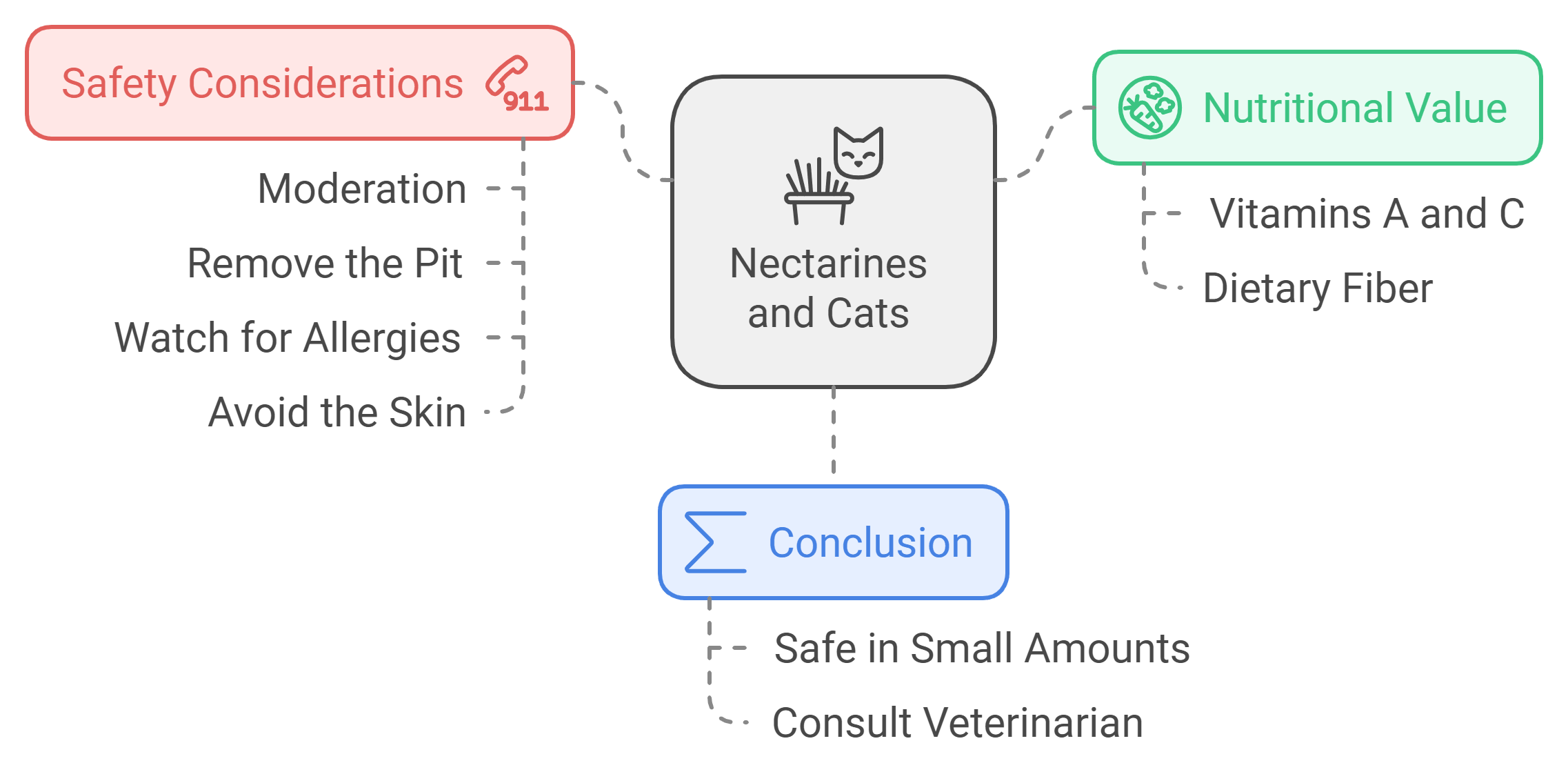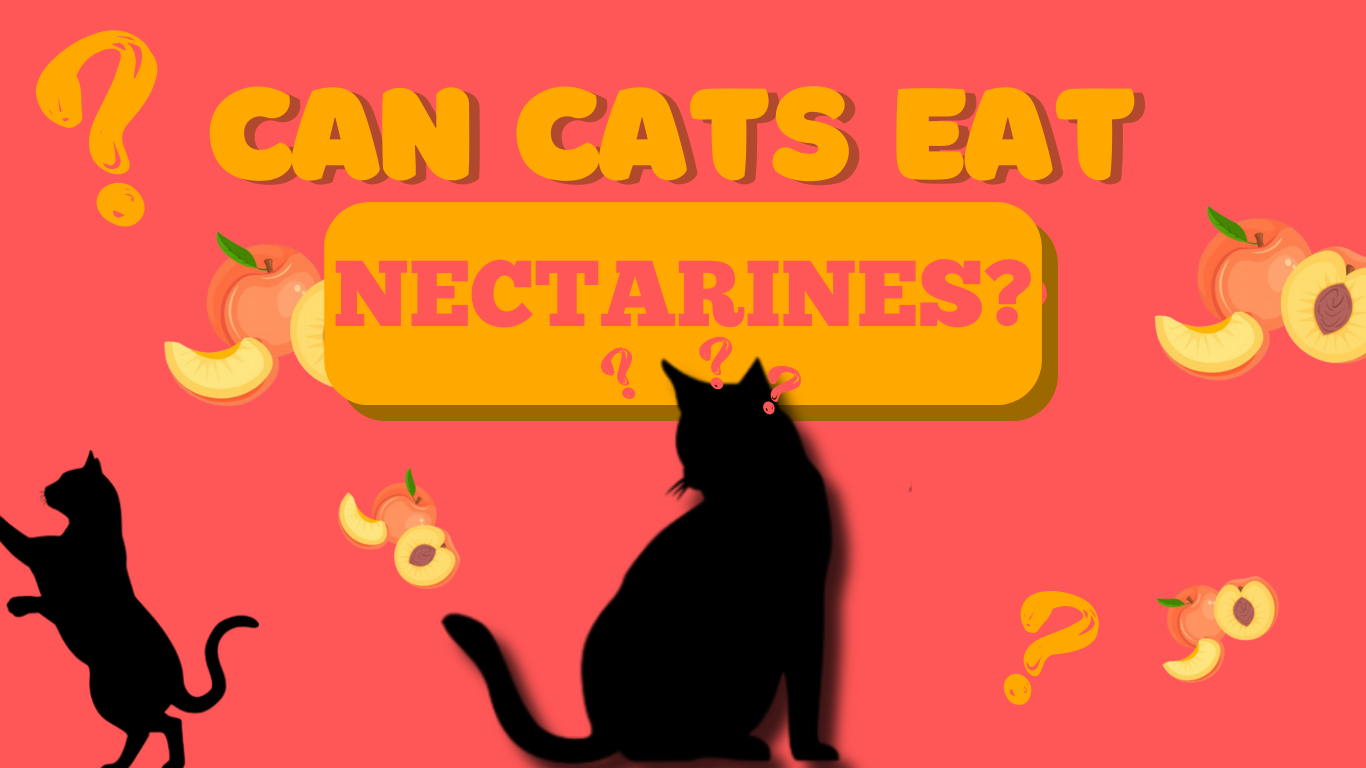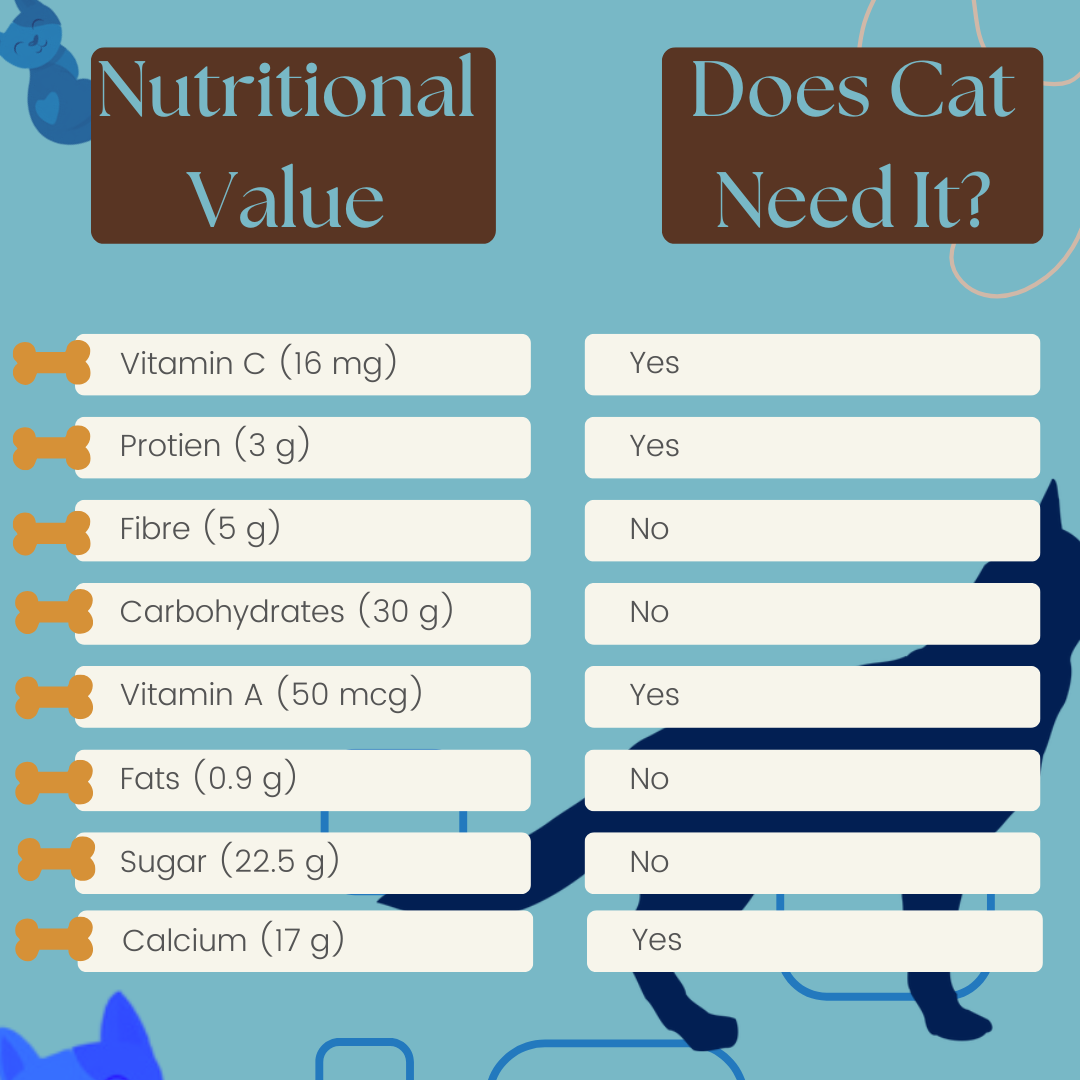You might already have heard somewhere maybe from your pet’s vet that feeding certain fruits to your cat is actually good for that carnivore. But is nectarine one of those fruits?
Can you feed nectarines to your feline?
Well yes, nectarine is one of those fruits that should be fed to cats every now and then (moderately) maybe as a treat.
To understand the complete science behind the relationship between cats and nectarines, read this comprehensive article till the end. So, here we go:

Can Cats Eat Nectarines?

Should Cats Really Eat Nectarines?
To comprehend whether cats really need nectarines or not, we have to dig into two things:
- What cats’ dietary needs are?
- What do nectarines have to offer (to cats)?
This table shows the content of substances found in nectarine along with their relation to cat’s diet:

Note: This nutritional value is for nectarine of about 300g.
All things like vitamins (A and C) are beneficial for cats and should be added to their diet (in small amounts). The problems we can see from the table are sugar, carbohydrates, fiber, and fat.
Well, in the case of nectarine, the amount of fat is negligible. Nonetheless, we can’t ignore carbs as cat’s body doesn’t need them which means that if we forcefully add them to their diet, they might show some allergic issues.
Why Nectarine is One of the Recommended Fruit for Cats?
Even after the presence of unwanted carbohydrates and sugar in them, nectarines are still said to be one of the most beneficial fruits for cats. Here’s why:
To cope with deficiency of many nutrients like calcium and other vitamins, vets recommend feeding fruits to little kitties. Nectarine is also recommended when cat is suffering from a deficiency of vitamins A and C at the same time.
But it doesn’t mean that your cat can’t have nectarines if there’s no deficiency of vitamins in it. The surprising part of feeding nectarine to cats is that vitamin A is actually a primal part of a cat’s diet and should be fed every now and then (if not daily).
Vitamin A is essential for a bunch of different tasks (like the formation of organs) to happen in a feline’s body. Vitamin C is also responsible for many different roles of feline’s internal body such as the development of your friend tissues and cells.
Not just these vitamins but nectarine also contains different vital nutrients (like magnesium, potassium, and phosphorous) that your cat needs every day.
A thing you need to know is that cats are carnivores and can live without any plants. So, if your cat or its body (mainly its stomach) doesn’t accept it, you should never force it to consume nectarines.
Slight Risks Involved in Feeding Nectarines to Your Cat
Yes, it’s that nectarines are completely safe for your cat. However, a few slight risks are involved there which should be known:
1. It’s a Sugary Fruit
Sugar shouldn’t be a part of the feline’s diet!
The thing that might surprise you here is that cats can’t even taste sugar which means that it can’t also be a guilty pleasure for them like humans. Hence, there should be no point in feeding sugar to them when it’s not a part of their diet and they also don’t like it.
Excessive sugar doesn’t only cause obesity in humans but also in cats. The only difference is that excessive sugar in cats is way less than what humans consume. This is one of the reasons why sweets and biscuits aren’t recommended for cats.
2. Tiny Amount of Cyanide
Cyanide is an extremely toxic material that happens to be present in nectarines. Your cat might find itself in several problems after consuming even a slight amount of it like:
- Staggering
- Muscle Twitching
- Stomachache
Nonetheless, a good part of this thing is that it only is present in pit, stem, seed, or leaf!
What does that mean?
It means that nectarine is still edible for your cat. It’s just that you can’t let it eat the whole thing with any of these (pit, stem, seed, or leaf) parts of nectarine. Hence, you must always cut it into small portions before giving it to your pet.
3. Choking Hazard
If you try to eat a big portion of it, it might get stuck in the throat of it which can result in a quite bad situation. Moreover, a piece of pit, stem, or leaf can also become a cause of choking hazard as your feline’s throat isn’t as big as yours.
Note: These risks aren’t as mighty but we shared them with you because every cat has different physical nature and your cat might be too sensitive for nectarine due to any of these things.
The Only Right Way to Feed Nectarines to Your Cat
So, the thing you should do is only let your cat have some fun once in a week or two. The best thing you can do in this regard is to cut one or two small chunks of nectarine (not bigger than a small chicken nugget) and then serve it to your cat on its plate.
Furthermore, you must never forget that pit, stem, seed, and leaf are forbidden at any cost. It’s because they aren’t just responsible for cyanide or choking in cats, but also are capable of breaking your friend’s jaw or teeth. These parts of nectarine can even cause intestinal blockage in severe cases.
FAQs
What should I do if my cat eats pit, stem, seed, or leaf of nectarine (accidentally)?
If it’s stuck in your cat’s throat, there’s no time to waste. So, immediately contact your pet’s vet and explain to him/her about specifications about that thing that’s swallowed by your cat. Telling specifications like size and type of that thing is important to determine the solution. Let the side effects of cyanide aside and focus on dealing with choking hazards as it’s way worse.
Why is my cat obsessed with nectarines?
You can’t specify a particular reason but…………
Nectarine is a sugary fruit and cats can’t even taste sugar so there’s a very little chance that your pet wants nectarines because of its taste. Moreover, there are good chances that smooth texture and round shape of nectarine will be fascinating for your cat (just like a ball).
Conclusion
In the end, it would be right to say that a really small amount of nectarines won’t do any harm to your best friend. Believe it or not, nectarine is one of those few plants that are good for felines even though they are meat eaters.
The love story of plants and meat eater is not one of the loveliest, but it’s indeed digestible.

